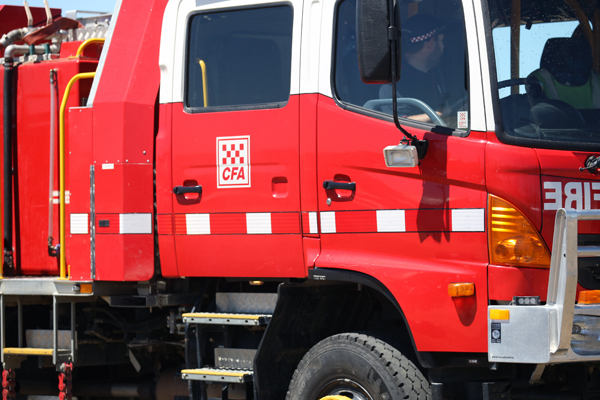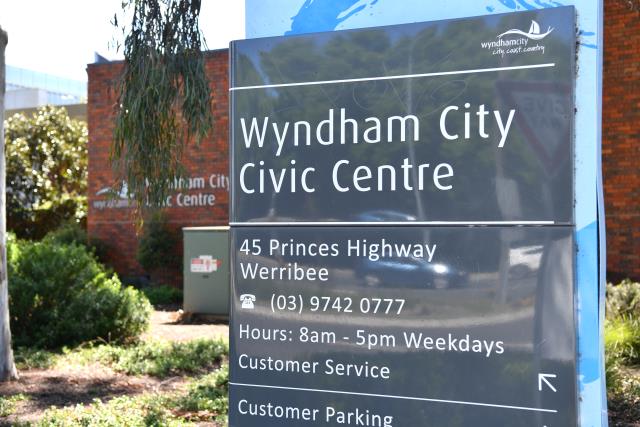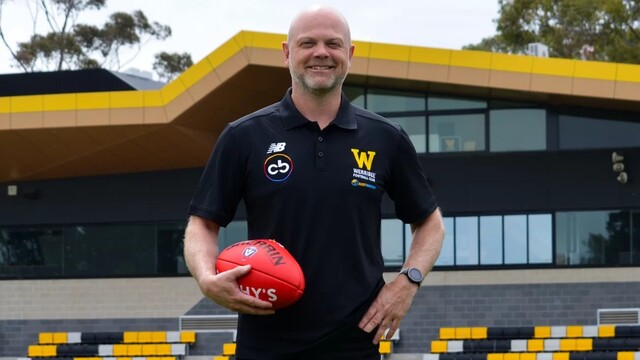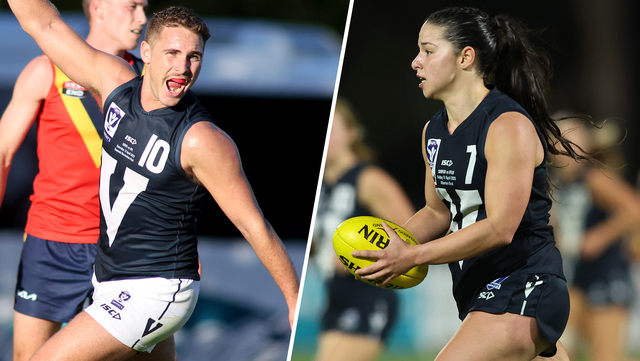CFA performance data does not paint the full picture of the ways brigades respond to call-outs, according to Volunteer Fire Brigades Victoria (VFBV).
The data, which the CFA supplied to the fire services bill select committee earlier this month, details operational performance data for each CFA brigade.
In particular, it outlines the number of times the primary brigade in a call-out zone met the eight-minute service delivery standard.
It’s this category that’s raising the ire of the VFBV and volunteer firefighters.
In a letter to committee secretary Keir Delaney, VFBV chief executive Andrew Ford said the CFA measured performance on the basis of any brigade responding to a call-out within eight minutes.
For example, Werribee’s CFA brigade attended 73 per cent of call-outs in its primary response area over the 2016-17 financial year.
But 97 per cent of all call-outs within that zone were attended to within eight minutes by either Werribee or a neighbouring brigade.
Meanwhile, Truganina CFA failed to reach a single one of its six call-outs within the eight-minute benchmark, but a different unit was able to respond to every job, meaning the brigade had a response rate of 100 per cent.
Werribee fire brigade captain Michael Wells said the overall figures were a more accurate representation of CFA performance.
“From a community safety point of view, 97 per cent of the time fire trucks in the Werribee fire brigade area will be there within the eight minutes required,” he said.
“There are various delays to be had along the way, from traffic to radio traffic, and we work collaboratively with our neighbouring brigades – we support them, they support us – so that the community will get that response.
“If you call triple-0 in Werribee, you will get a fire truck – and it could be ourselves or one of our neighbouring stations.”
On Friday, the committee presented its final report into the proposed restructure of the CFA and MFB and recommended that the state government either withdraw, or vote down, the bill.







